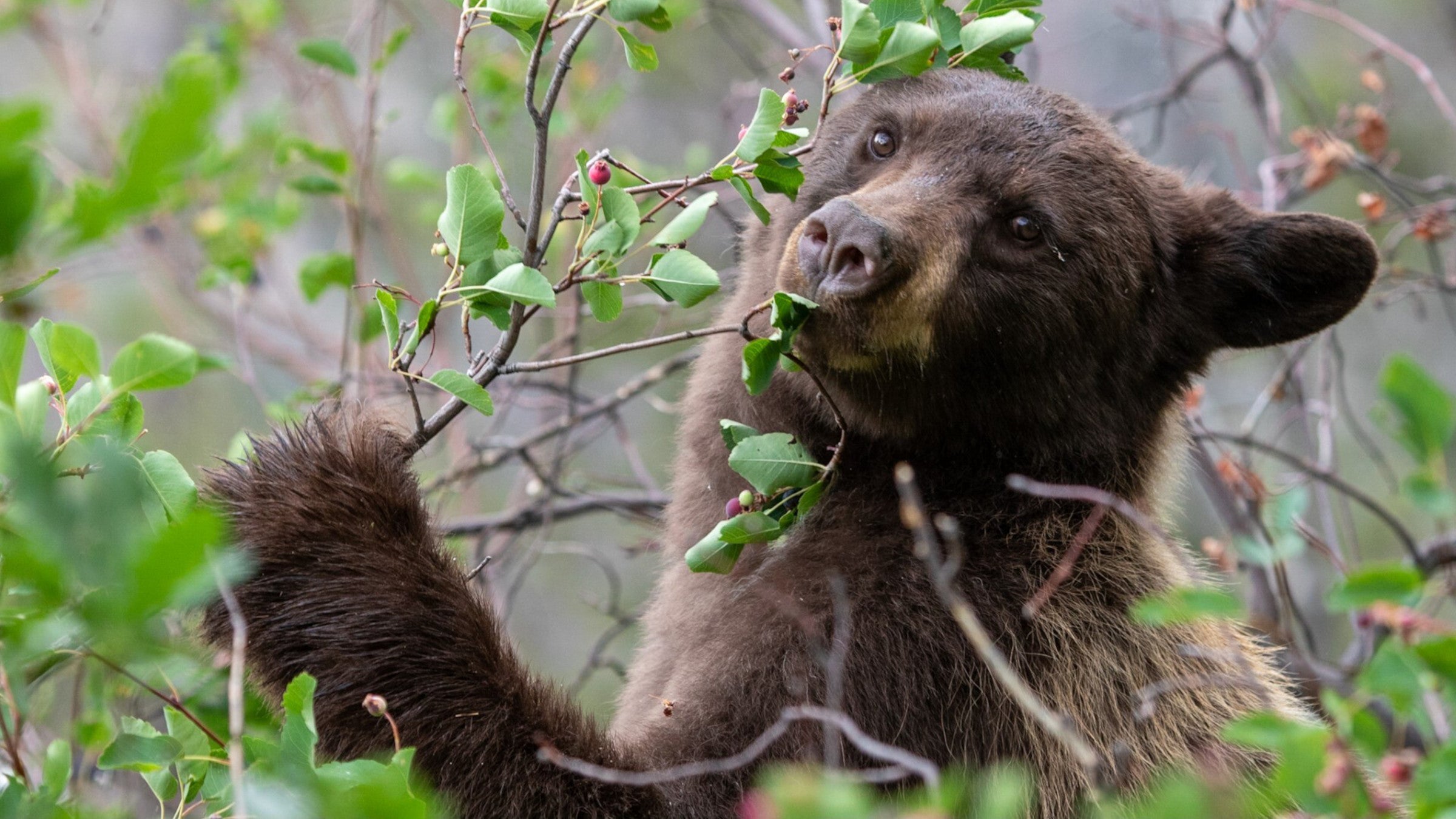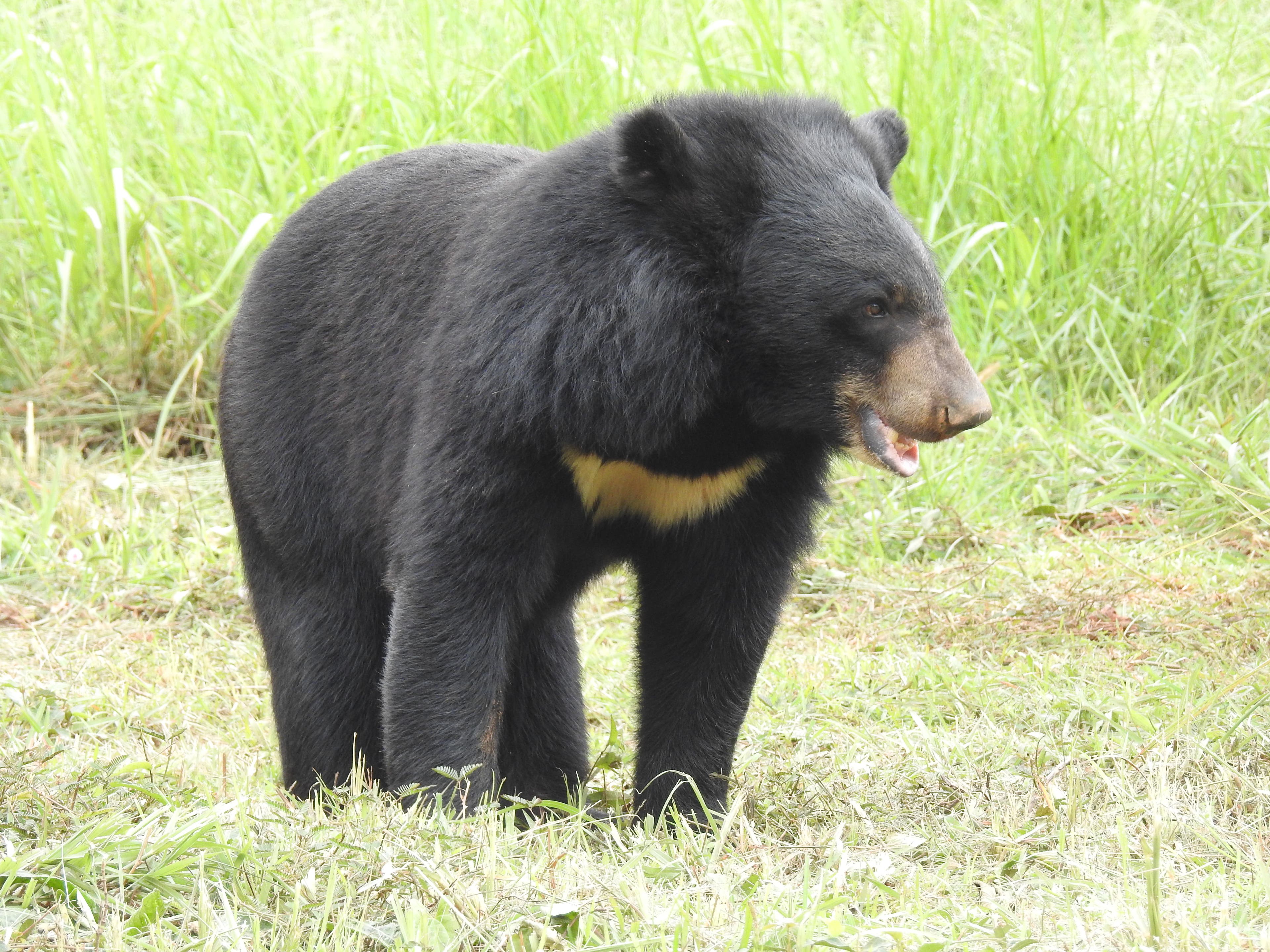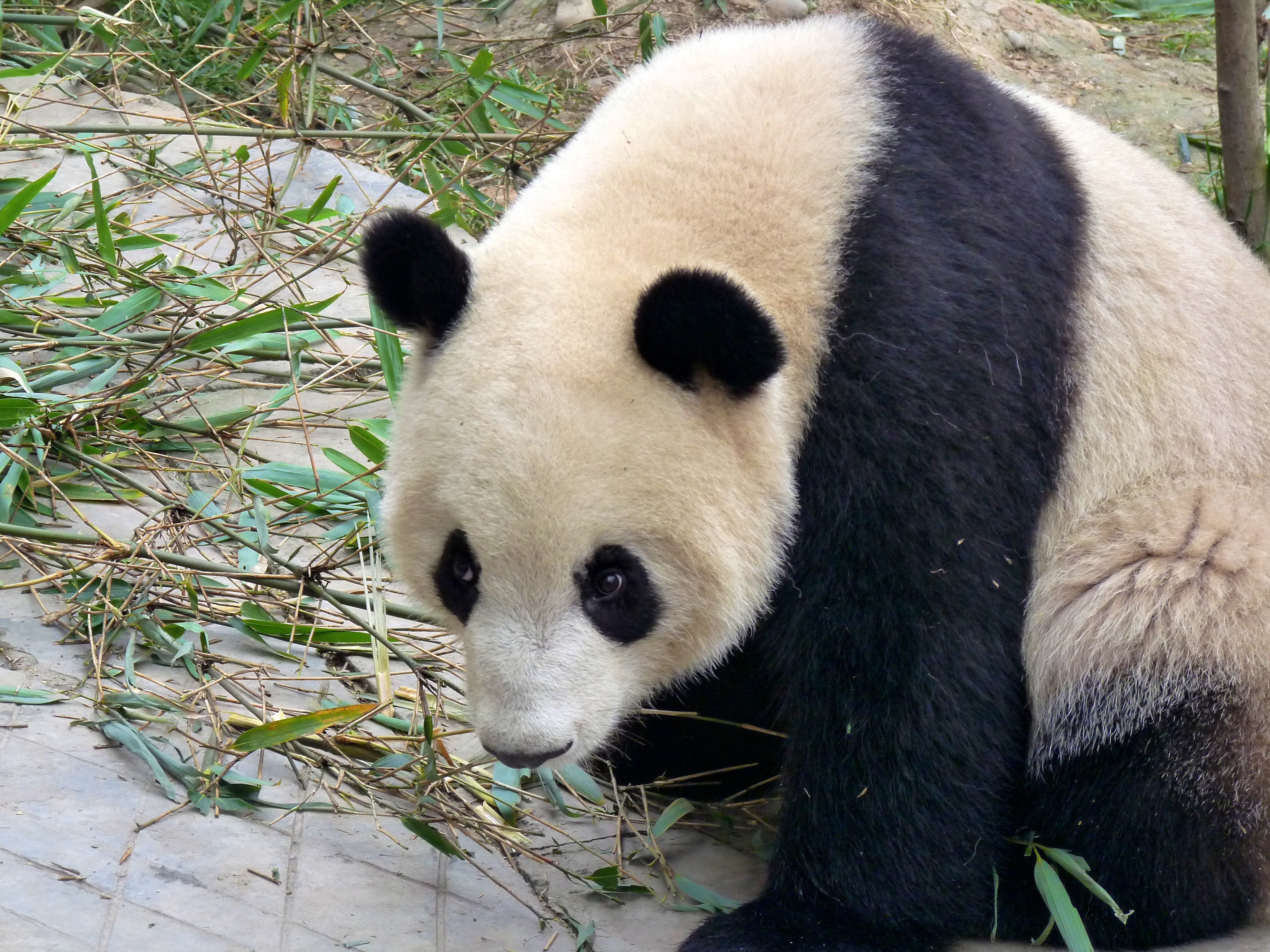Ask a Bear: How Many Different Types of Bears Are There?

American black bears are the most familiar and widespread members of the bear family (Photo: NPS Photo/J. StringfieldNPS Photo/J. Stringfield)
Q: I was reading a magazine and I saw a picture of something called a sun bear. I’ve heard of grizzlies and black bears, but never this. How many different types of bears exist? —Taxonomy Tanya
A: Do you come from a small family? I know what that’s like: My relatives are widespread across the world, but there aren’t many different kinds of us. So while you’ll find bears on most continents (sorry, Africa, Australia, and Antarctica, I promise to visit as soon as airfare goes down, and the gate agents stop screaming and calling the police every time I try to board the plane), the ones you meet will fall into just a few types.
While the largest family of birds, the tyrant flycatchers, count more than 400 species among their number, the bear family, Ursidae, contains just eight species that are still around today. Three of those live in North America: brown bears (better known as grizzlies in the lower 48), black bears, and polar bears. Check out the slideshow below to meet the rest of my relatives.
The less-good news: Besides the fairly-widespread American black bear, every species in the bear family is vulnerable in some or all of its native range. Unless you want the only bears your kids see to be the ones in zoos, we need your help. Supporting conservation organizations like the Great Bear Foundation is a good place to start.
—BEAR
Spectacled Bear

South America’s only native type of bear, the spectacled bear gets its name from the tawny markings around its eyes. At up to 440 pounds, it’s the continent’s largest carnivorous mammal, though more than 90% of its diet consists of plants. They’re docile for bears (human deaths and injuries from them are almost unknown). Formerly widespread, this vulnerable species is now restricted to a narrow strip of the Andes.
Sun Bear

Also known as honey bears, sun bears have short, sleek black hair, a pale, crescent-shaped patch of fur on their chests, and long tongues and claws that they use to hunt for beetles, bees, and other insects. (They’re not picky, though: Given the opportunity, they’ll consume anything from figs to deer.) They’re the smallest bears, weighing in at just 60 to 170 pounds, but have a powerful enough bite to break open rotten logs and termite mounds. They’re also vulnerable through their southeast Asian range due to deforestation and poaching.
Sloth Bear

Lankier and shaggier than black bears, these ursines live throughout India, as well as in parts of Nepal and Sri Lanka, where they use their specialized large lips to slurp termites out of their burrows. Mothers will carry cubs on their backs for up to nine months. They’re considered vulnerable due to habitat loss, and are also among the most aggressive of all bears when they come into contact with humans.
Asian Black Bear

This cousin of the American black bear lives across eastern Asia, ranging from the Himalayas to Japan, and is recognizable by its thick black fur, a v-shaped white mark on its chest, and mostly herbivorous diet. An excellent climber, it spends much of its time in the trees. Unfortunately, due to deforestation and hunting, scientists consider the species vulnerable.
Giant Panda

Come on, you know this one. This black-and-white cutie lives in the mountains of central China, where it spends 10 to 16 hours a day feeding on bamboo. While the IUCN upgraded the species from endangered to vulnerable in 2016 due to increasing numbers, wild populations still face threats from habitat fragmentation and loss.
Got a question for the bear? Send it to askabear@backpacker.com.